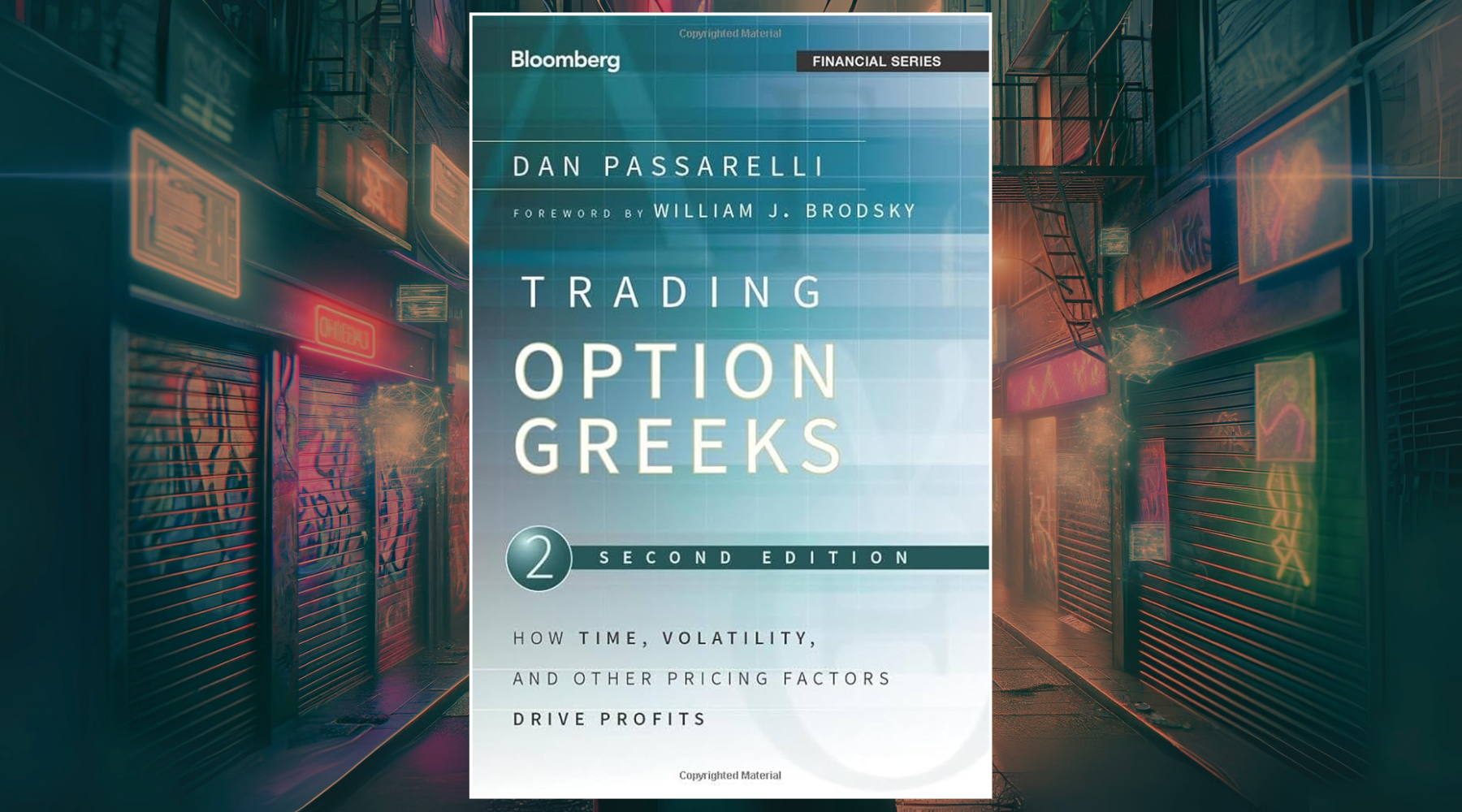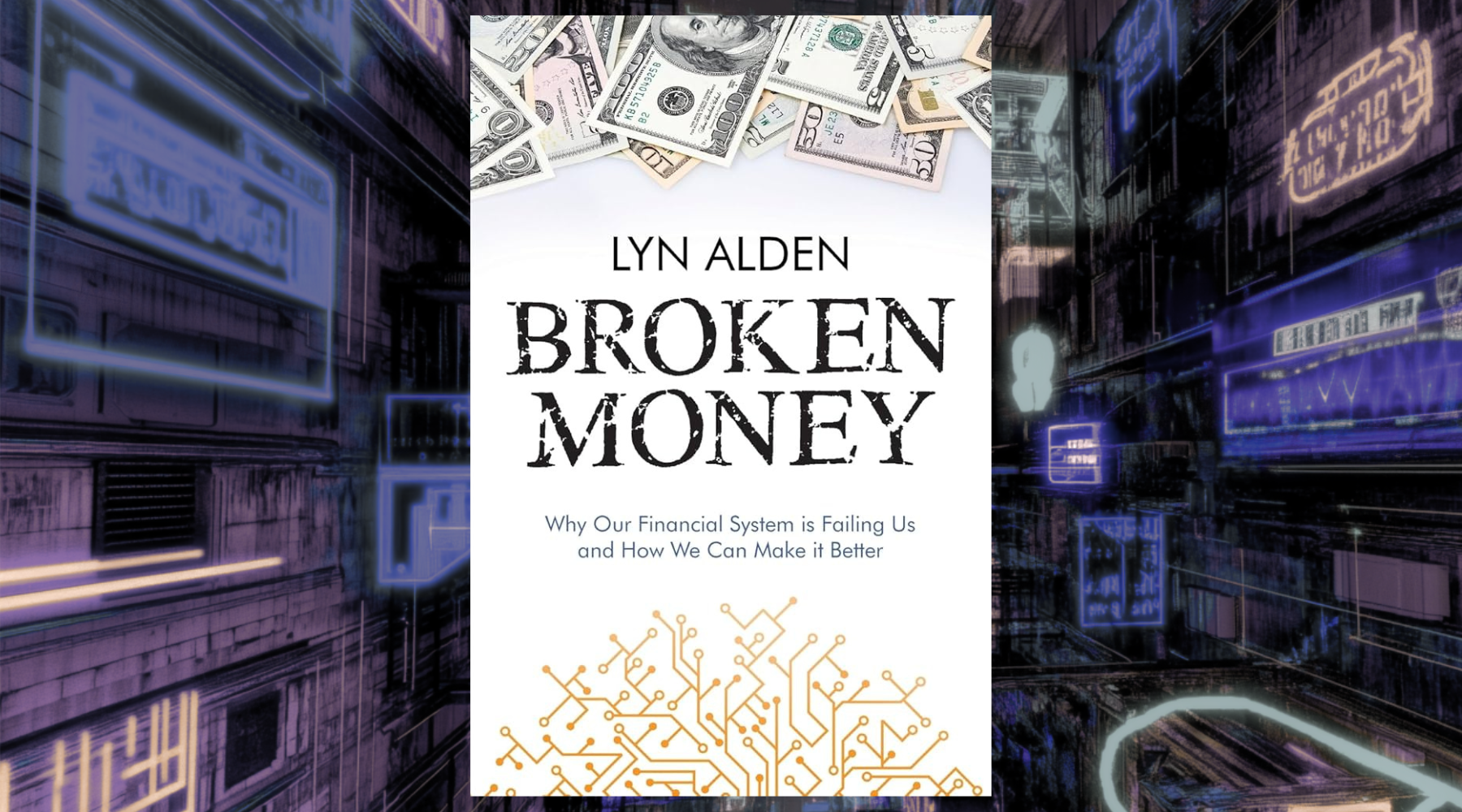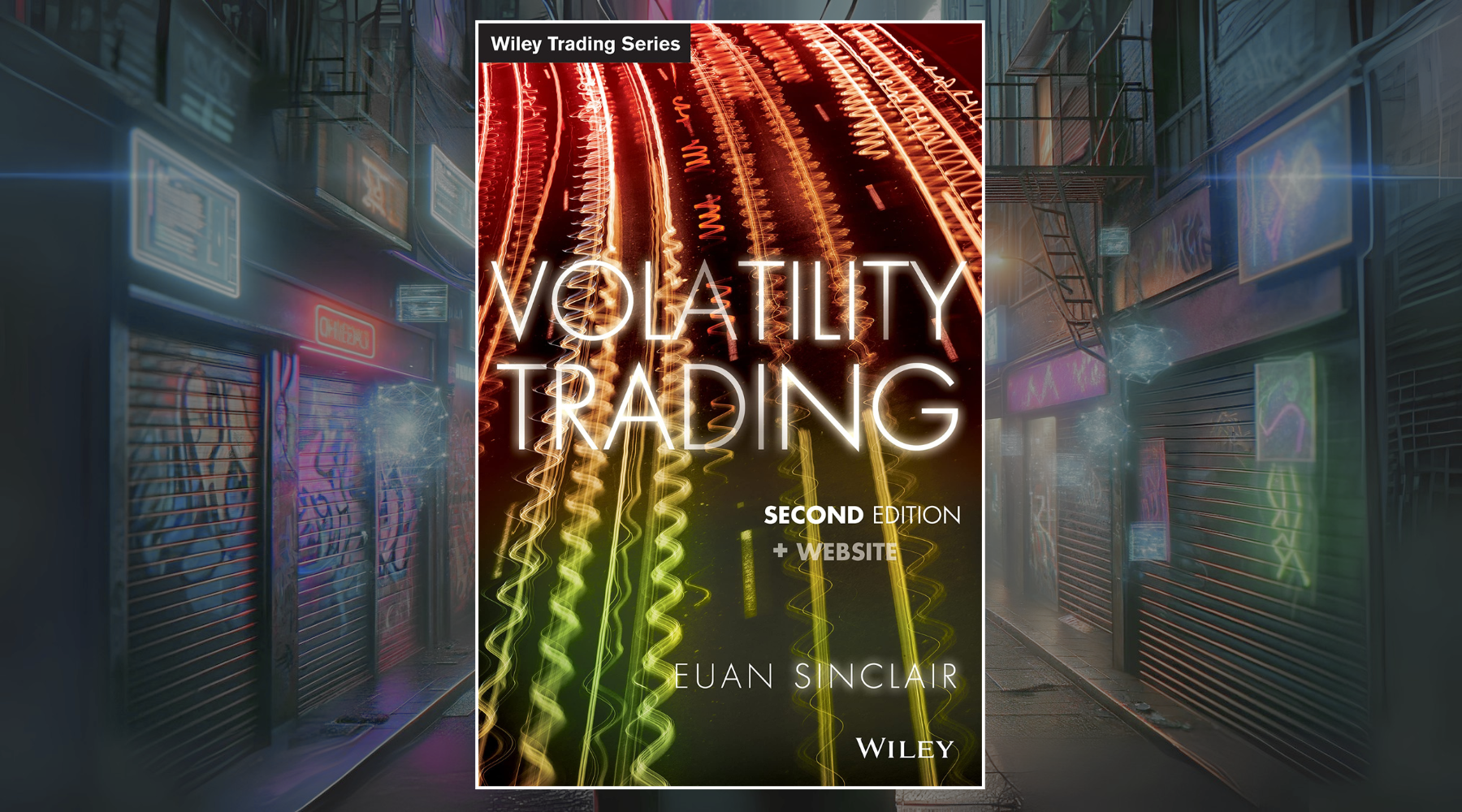Futures Trading: An Investor’s Guide to Understanding Futures
Futures trading allows investors to speculate on the future price of assets from commodities to stocks. But what exactly are futures and how do they work? This comprehensive guide breaks down everything you need to know about trading futures to utilize them in your portfolio.
What Are Futures Contracts?
Futures contracts are standardized agreements to buy or sell a specific asset at a predetermined price on a set expiration date. One party agrees to buy the underlying asset, while another party agrees to sell it. Rather than exchanging the asset right away like with a spot trade, the transaction occurs at a later date per the contract terms.
For example, an investor enters a futures contract to buy 100 shares of the S&P 500 index at $4000 in December, even if the index is lower or higher at that future date. This locks in the price no matter which way the market moves.
Why Are Futures Contracts Useful?
There are two primary reasons investors utilize futures contracts:
1. Hedging Against Losses
Companies and producers can hedge against losses in the physical spot market by taking an opposite position in the futures market.
For example, a corn farmer concerned about falling crop prices may short sell corn futures to lock in a specific price no matter what happens. If spot prices fall, their futures gain helps offset physical losses.
2. Speculating on Prices
Traders also use futures to speculate on the future price direction of assets. Rather than investing directly, speculators profit if their futures price forecast proves correct.
For instance, a trader predicting declining market volatility buys VIX futures. If the VIX declines by expiration, the futures pay off handsomely. The trader can close the position for a profit without ever owning the underlying asset.

How Do futures contracts Work?
Futures Contracts contain several standardized specifications so buyers and sellers agree to the same terms:
- Underlying asset - The item being traded such as commodities, stocks, currencies or market indexes.
- Contract size - The amount of the asset in one contract. For the E-mini S&P 500 each contract represents $50 x the index price.
- Expiration dates - The date the contract expires and the trade is executed. Popular cycles are monthly, quarterly or annually.
- Tick size - The minimum price movement up or down per contract. The S&P 500 E-mini has a tick size of 0.25 index points worth $12.50.
- Settlement - Most futures settle in cash without physical delivery of the asset.
Participants in the futures market include hedgers mitigating risks and speculators making directional bets. But futures trades require good faith deposits known as margin to enter and maintain positions. Brokers will request additional margin funds if the account equity falls below maintenance levels.

Popular Types of united states debt
While futures began as contracts for agricultural commodities, many more assets are now available to trade:
Commodity Futures
- Agriculture - Wheat, corn, soybeans, lean hogs, cotton
- Energy - Crude oil, natural gas, gasoline, heating oil
- Metals - Gold, silver, copper, platinum
Commodity producers use these futures to hedge price risk. But speculators aim to profit from supply and demand trends influencing prices.
Financial Futures
- Currencies - Euro FX, Japanese yen, British pound
- Bonds - Treasury notes and bonds, Eurodollars
- Stock indexes - S&P 500, Nasdaq 100, Dow Jones
- Interest rates - Federal funds, LIBOR
These futures allow traders to bet on macroeconomic forces and financial market volatility. Popular contracts include the 10-year Treasury Note and E-mini S&P 500.

Cryptocurrency Futures
Futures for Bitcoin, Ethereum and other cryptocurrencies launched in 2017. High crypto price volatility led to increasing popularity with speculators.
Key Benefits of trading futures
Futures offer traders several advantages that explain their enduring popularity:
1. Leverage
Futures trade on margin, meaning leverage allows controlling large contract values with a small capital outlay. Conservative leverage ratios of 5:1 or 10:1 are common.
For example, the E-mini S&P 500 requires just over $6,000 margin to control $300,000 worth of stock index exposure. This frees up capital for other investments.
2. Limited Downside Risks
Potential losses trading futures are limited to the funds deposited as margin. Even if the market moves abruptly against a position, brokers liquidate the contract before losing more than the original margin amount.
This defined risk helps traders sleep easier at night compared to owning assets outright.
3. Ability to Go Short
Futures Contracts allow traders bet on declining prices just as easily as rising prices. Shorting assets is difficult otherwise and can involve paying borrowing fees.
This flexibility lets traders capitalize on downside opportunities and balance long-oriented portfolios.
Risks to Understand Before futures trading
While futures offer advantages, they come with inherent risks to consider:
- Expiration dates - Contracts expire on a set date, so investors must close or roll over positions to avoid physical delivery. This incurs extra transaction fees.
- High leverage - While leverage magnifies gains, it also compounds losses if futures move opposite the trader’s outlook. Significant capital can be lost rapidly with poor risk management.
- Complex products - Given intricate details on contract specifications, expiration and margin calculations, futures carry a steep learning curve for beginners. Lack of experience could lead to costly errors.
- Volatility - Futures tend to be highly volatile compared to stocks. Their leveraged structure causes large price swings both for and against trading positions. Expect a bumpy ride.
Understanding these common pitfalls provides realistic expectations when using futures contracts. Traders should implement disciplined risk and money management given the amplified risks involved.
Conclusion
As standardized contracts to speculate on movements in asset prices, futures provide opportunities beyond direct investment. Their ability to hedge risks or capitalize on volatility explains enduring appeal. But leverage cuts both ways, so traders should start small to test strategies. Mastering futures promises rewards for market operators while expanding portfolio diversification.







